The common name of hydrangeas is hortensia. These plants consist of 75 species of flowering plants, these plants are of American and Asian origins.
Hydrangeas are most commonly grown as shrubs. They can grow like trees and climb vines as well.
The captivating flowers of Hydrangeas are available in many different colors, including various shades of maroon, blue, red, pink, green, and white.
There is a variety of shapes, sizes, and colors of these plants. They are commonly planted in backyards and gardens.
Table of Contents
Do Rabbits Eat Hydrangea Plants?
Rabbits like to eat hydrangea plants and can damage them. But, they eat hydrangeas only when hungry or smell any hydrangea near them. Rabbits assimilate the leaves, bark, and flower buds of hydrangea plants. During the winter season, rabbits gnaw on the woody stem of hydrangeas.
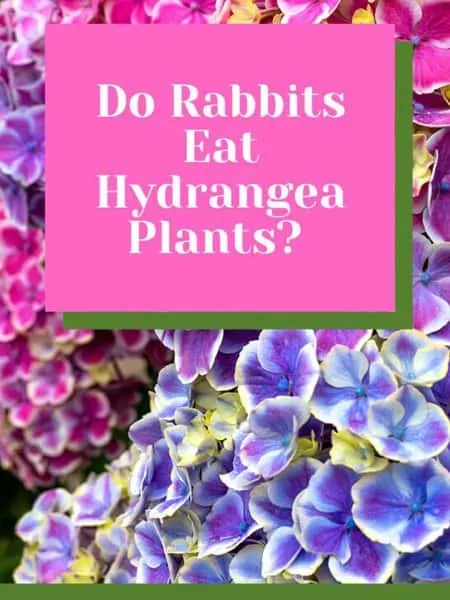
The Normal Diet of Rabbits
Rabbits eat herbivorous plants. They prefer to eat leafy green plants, flowers, lettuce, beans, carrots, dandelions, celery, clover, vegetables, etc.
Apart from eating hydrangeas, rabbits like to eat marigolds, petunias, and pansies, too.
What to Do When A Rabbit Has Eaten Your Hydrangeas?
After your rabbits have consumed hydrangeas, you need to notice these things to determine whether you are required to take them to the vet.
- If you encounter any unusual behavior of your rabbits that is different from their routine.
- It will help if you determine which part of the plant your rabbit ate.
- Determine how many hydrangeas the animal ate. Usually, a small amount of hydrangeas does not cause any harm. But, an excessive amount of these may be fatal.
- Consuming hydrangeas implement different effects on different types of rabbits based on their anatomy, physiology, weight, etc.
- After noticing any change in behavior, make sure that you keep your rabbit hydrated.
- Provide them with fiber-rich food to help them eliminate toxins from their body.
- If the condition worsens, visit a vet. The vet may immediately provide any antidote to the rabbit.
Preventing Rabbits From Eating Your Hydrangeas
It may be a challenging task to prevent the rabbits from consuming your hydrangea plants.
But, the following options to repel your rabbits from the plants can be used to your advantage.
1. Fencing
One of the common methods to prevent the rabbits from eating your hydrangeas is to place long fences around your plants.
The rabbits will not be able to hop over the fence. Short fences can also work if you have to deal with wild rabbits only.

Keep the base of the fence grounded so they cannot dig underneath the ground.
Apart from using only pickets, you have to place welded wires or chicken wires in your garden, or some laying around the plants can also work.
Chicken wire (lattice-style) is useful to keep the rabbits at bay and prevent them from burrowing underground.
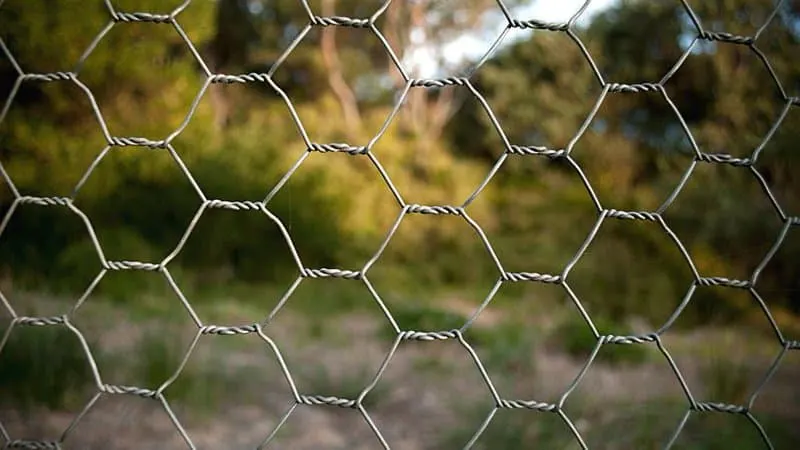
2. On the Contrary, Grow Oakleaf Hydrangea Plants
You cannot entirely prevent the rabbits from eating hydrangeas. But by planting other varieties of hydrangeas instead, you can keep the rabbits away.
However, oak hydrangeas are less captivating for rabbits. So, you can save the plants by growing this type of hydrangea plant.
Despite oak hydrangeas’ appeal of white flowers, rabbits prefer to eat the other types of this plant.
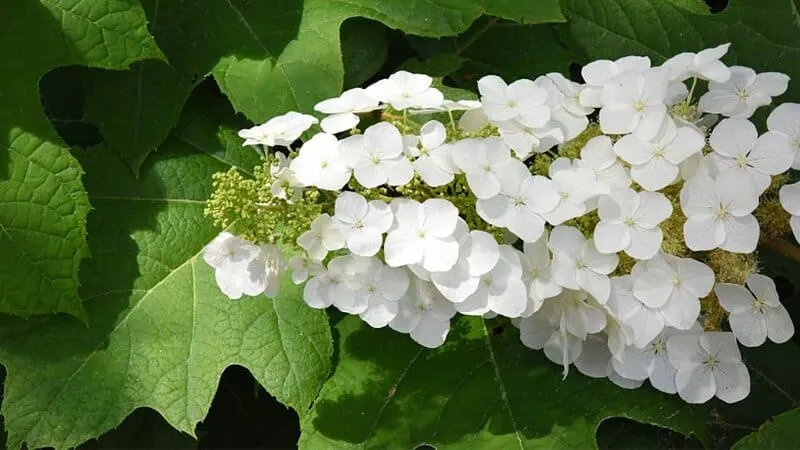
3. Use Predator Scent to Repel the Rabbits
To prevent the rabbits from eating your hydrangeas, you need to plant predator scent, urine, or their blood, as rabbits will not go near the spot which smells like their predators.
4. Use Rabbit Repellents
To repel the rabbits from the plant, please do not use commercial repellent sprays as they may harm your plant.
The rabbit repellent you should use consists of natural ingredients like thyme, garlic, and egg solids.
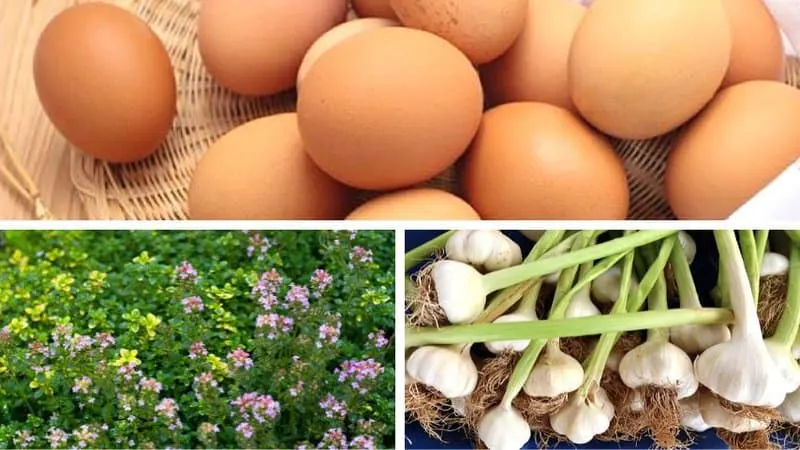
Put the spray on the outer boundary of your backyard or garden to repel the rabbits.
5. Use Motion Activated Sprinkler
One of the most efficacious ways to keep the rabbits away from the plants is to use motion-activated sprinklers.
You can also use this type of sprinkler for raccoons, deer, squirrels, etc.
The sprinkler turns on when it detects motion and will help you detect the presence of animals around. However, make sure that you turn off the sprinkler when you are going near your hydrangea plants.
6. Use Red Pepper Spray
Rabbits usually do not like powdered red peppers or garlic. Therefore, a spray that includes both of these ingredients can help you a lot.
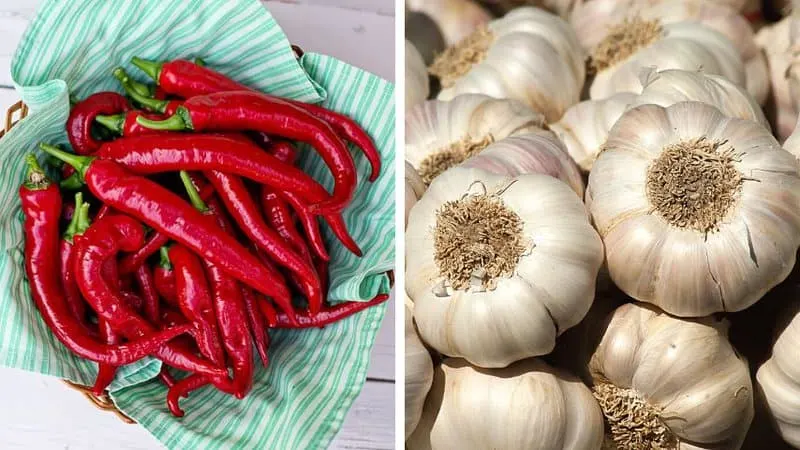
You can also spray a small amount of dried cayenne pepper, which will keep the rabbits away from the plants.
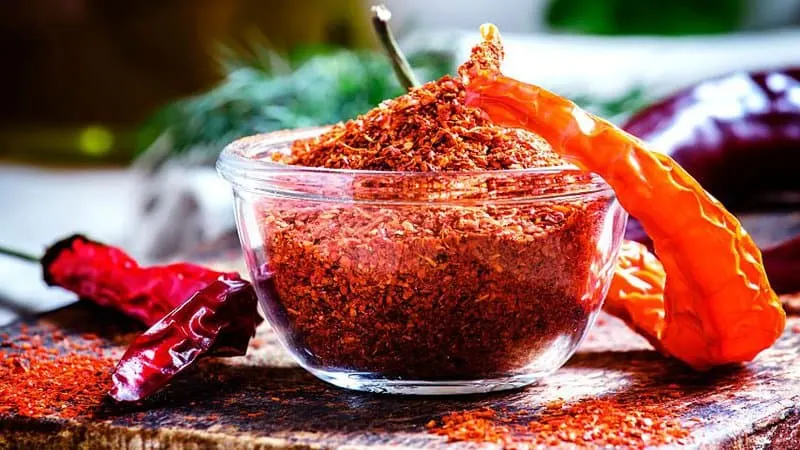
7. Grow Other Plants Nearby
You can grow companion plants in close proximity to hydrangea plants. This will help you to keep the pests and worms away as well.
The garlic plant is one of the best plants to keep rabbits away.
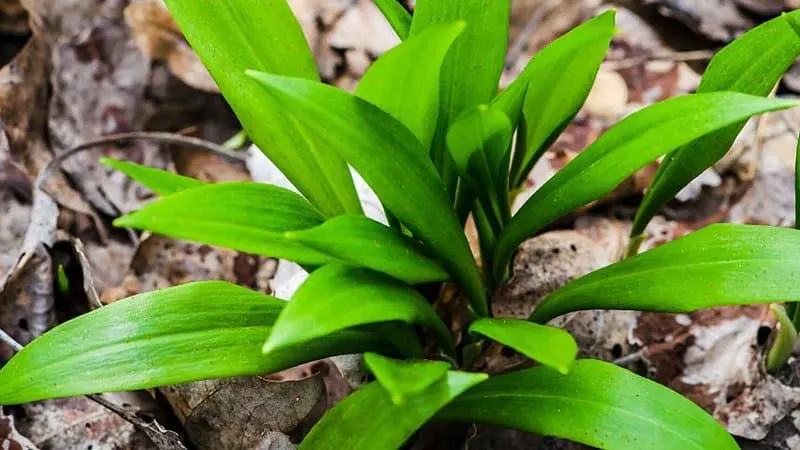
Lastly, you can also grow rabbit-resistant plants as they will help you keep domestic rabbits away from the plants.
Frequently Asked Questions about Rabbits Eating Hydrangeas
How much grass does a rabbit eat every day?
A healthy diet for rabbits constitutes an unlimited amount of grass. They can consume 1-3 cups of leafy greens daily.
How much hay does a rabbit consume on a monthly basis?
A six-pound bunny can consume up to 10 pounds of hay in a month. Hay and grass can make up to 80-90% of a rabbit’s diet.
What are some of the problems with hydrangea plants?
Drooping leaves, yellowing leaves, pest problems, and problems in blooming are some of the problems associated with hydrangeas.
How do you grow hydrangea plants problem-free?
Provide an adequate amount of water thrice a week as this will lead to enhanced growth of roots. They like to grow in well-drained, organically rich fertile soil. And provide them four to six hours of sunlight daily.

Daniel has been a plant enthusiast for over 20 years. He owns hundreds of houseplants and prepares for the chili growing seasons yearly with great anticipation. His favorite plants are plant species in the Araceae family, such as Monstera, Philodendron, and Anthurium. He also loves gardening and is growing hot peppers, tomatoes, and many more vegetables.


